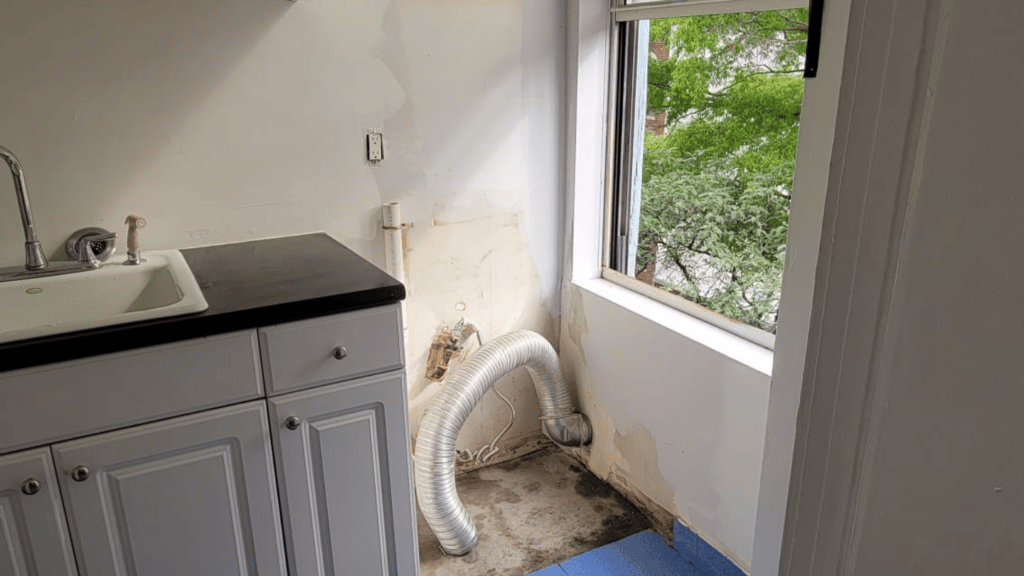Mold remediation is a critical concern worldwide, affecting homes, businesses, and public buildings. Given the universal challenge of mold, countries around the globe have developed various strategies and standards to combat this pervasive issue. This blog post delves into global mold remediation practices, highlighting how different regions tackle mold infestation, the technologies they employ, and the regulations in place to protect public health. Understanding these global practices offers valuable insights and can inspire effective solutions in local contexts.

North America: Advanced Technologies and Stringent Regulations
In the United States and Canada, mold remediation is governed by comprehensive guidelines issued by agencies such as the Environmental Protection Agency (EPA) and the Institute of Inspection, Cleaning and Restoration Certification (IICRC). These guidelines emphasize the importance of moisture control as the key to mold prevention. North American practices also leverage advanced technologies, including HEPA filtration systems and infrared thermography, to detect and remediate mold.
Europe: Emphasis on Prevention and Sustainability
European countries, with their rich historical architectures, focus heavily on prevention and the sustainability of remediation efforts. The European Commission provides directives aimed at improving indoor air quality and preventing mold growth through building design and construction standards. Countries like Germany and the Netherlands use eco-friendly remediation methods, incorporating natural ventilation systems and green building materials that resist mold growth.
Asia: Rapid Response and Innovation
Asia’s humid climate makes mold a common issue. Countries like Japan and Singapore have developed rapid response systems and innovative remediation technologies. Japan utilizes robotic technology for inspection in hard-to-reach areas, while Singapore emphasizes public education and strict building maintenance codes to prevent mold. The use of natural antimicrobial agents derived from local flora is also a growing practice in Asian mold remediation efforts.
Australia: Comprehensive Health-Centric Approaches
Australia’s approach to mold remediation focuses on health impacts and comprehensive solutions. Australian standards for mold remediation consider the unique climate conditions and include detailed health assessments as part of the remediation process. The use of non-toxic, health-friendly remediation agents and a strong emphasis on public awareness campaigns are notable aspects of the Australian mold remediation practice.
Africa and South America: Community-Based Strategies and Challenges
In regions like Africa and South America, mold remediation efforts face challenges due to economic constraints and climatic conditions. Community-based strategies, including education on proper ventilation and sunlight exposure, are common. However, these regions highlight a need for global cooperation in providing resources and technologies to effectively manage mold issues.
Global Mold Remediation Practices Overview
| Region | Key Practices | Technologies Used |
|---|---|---|
| North America | Stringent guidelines, moisture control | HEPA filtration, infrared thermography |
| Europe | Sustainability, prevention through design | Natural ventilation, green materials |
| Asia | Innovation, rapid response | Robotic inspection, natural antimicrobials |
| Australia | Health-centric approach, public awareness | Non-toxic agents, health assessments |
| Africa & South America | Community education, sunlight exposure | Basic ventilation improvements |
Conclusion
Exploring global mold remediation practices reveals a diverse landscape of strategies, from advanced technological approaches in North America and Asia to the preventive and sustainable focus in Europe, and the community-based efforts in Africa and South America. These varied approaches underscore the importance of mold remediation in preserving health and property, and they highlight the potential for cross-cultural learning and application of best practices. As we continue to combat mold worldwide, sharing knowledge and experiences can help communities everywhere achieve healthier living environments.




